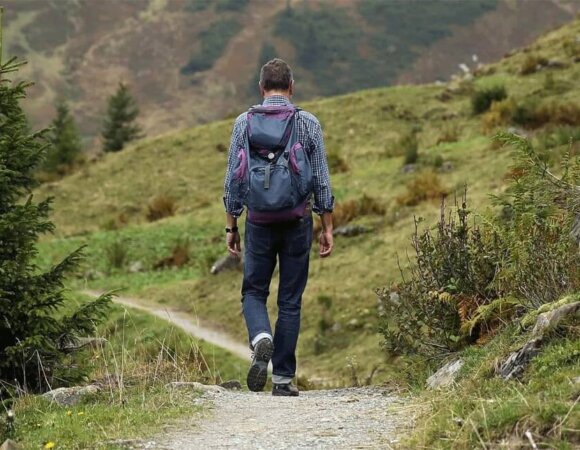3Rs of Sustainability for Shoes
Discover the 3Rs of Sustainability for Shoes and why sustainability matter modern era.
Table of Contents
ToggleThe environmental impact of the global footwear industry has reached unprecedented levels, with over 20 billion pairs of shoes manufactured annually and the majority ending up in landfills where they can decompose 30-40 years. As consumers become increasingly aware of their ecological footprint, understanding sustainable practices for shoe consumption has never been more important. The 3Rs of Sustainability for Shoes provides a comprehensive framework that empowers consumers to make environmentally responsible decisions throughout the lifecycle of their footwear, from purchase to disposal.

The 3Rs of Sustainability for Shoes—Reduce, Reuse, Recycle—offers practical strategies for minimizing the environmental burden of footwear while maintaining style, comfort, and functionality. This approach addresses the reality that the average person discards approximately 7 pairs of shoes annually, with less than 5% receiving proper recycling treatment. By following the principles outlined in the 3Rs of Sustainability for Shoes, consumers can significantly decrease waste generation, extend product lifespans, and ensure proper material recovery, ultimately contributing to a more circular economy for footwear.
Why Shoe Sustainability Matters to Consumers
The footwear industry carries a substantial environmental burden throughout the production chain, from resource extraction to manufacturing and disposal. A typical pair of athletic shoes generates approximately 13.6 kg of carbon dioxide during production—equivalent to leaving a 100-watt light bulb burning for one week straight. Traditional shoe manufacturing consumes vast amounts of water, utilizes petroleum-based materials that persist in the environment for centuries, and often involves toxic adhesives and chemical treatments that contaminate ecosystems.
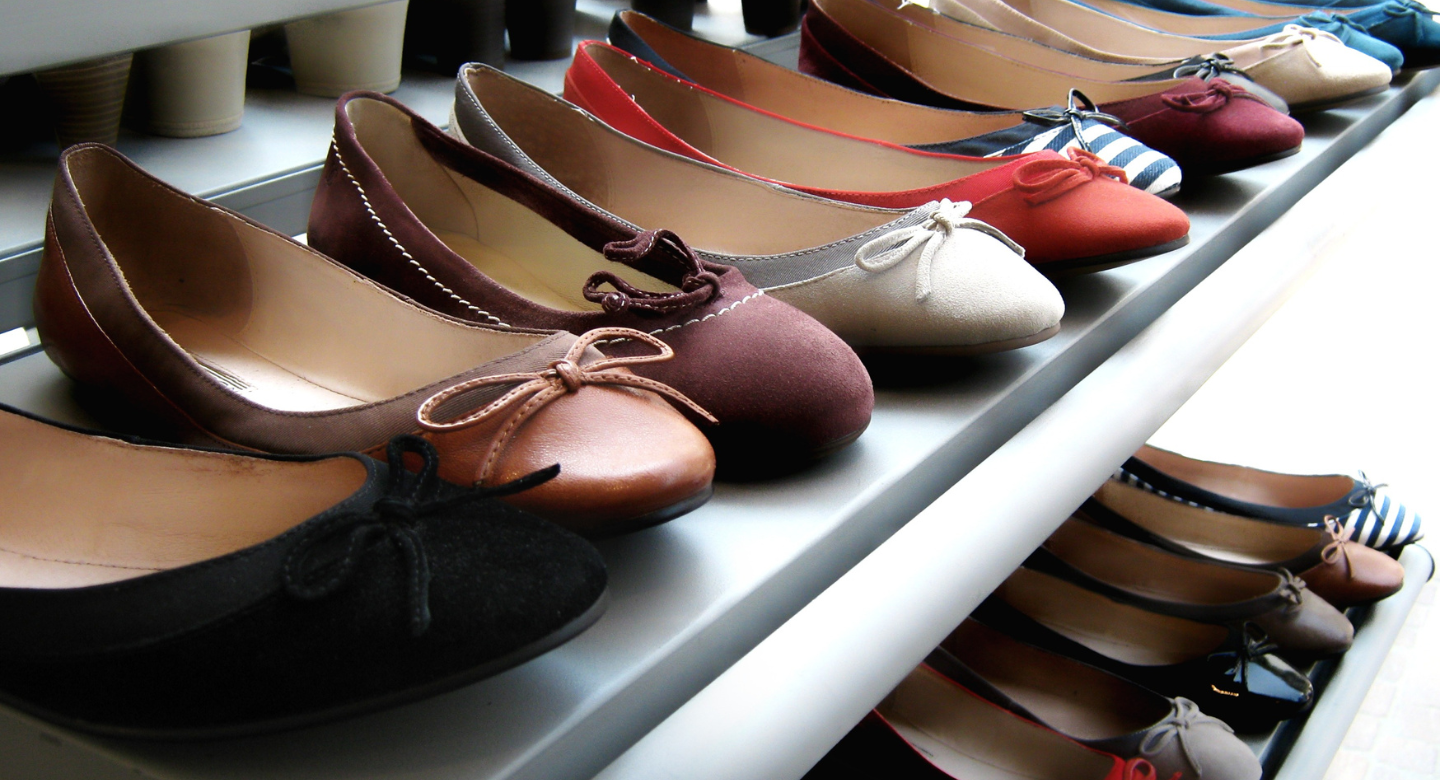
When improperly disposed of, shoes contribute significantly to environmental degradation. Synthetic components can leach harmful chemicals into soil and water systems, while leather, when not properly biodegraded, releases methane—a greenhouse gas 25 times more potent than carbon dioxide. The colorful dyes and treatments used in many shoes contain heavy metals and other toxins that can contaminate groundwater when shoes decompose in landfills. Even natural materials like leather pose environmental challenges when tanned using chromium and other chemicals that can persist in ecosystems long after the shoes are discarded.
Responsible shoe consumption practices are particularly crucial because footwear represents a near-universal consumer good with significant replacement frequency. Unlike many durable goods, shoes face regular wear and tear that leads to relatively short useful lives and frequent disposal. By adopting the 3Rs of Sustainability for Shoes, consumers can dramatically reduce this ongoing environmental impact while potentially saving money and discovering new satisfaction in thoughtful consumption.
How Sustainable Shoe Practices Help

Conscious footwear choices can significantly reduce environmental impact across multiple dimensions. When consumers make deliberate decisions—such as selecting shoes with recycled or responsibly sourced materials and extending their lifespan through proper care—they reduce demand for virgin materials and energy-intensive manufacturing processes. Research indicates that extending a shoe’s lifespan by just nine months can reduce its carbon, waste, and water footprints by 20-30%, demonstrating the significant benefit of the reuse principle within the 3Rs of Sustainability for Shoes.
The benefits of sustainable approaches to footwear extend beyond environmental metrics to social and economic advantages. By supporting brands committed to ethical production, consumers help promote fair labor practices and safer working conditions within an industry often criticized for exploitative manufacturing. Additionally, many sustainable footwear options focus on local production, reducing transportation emissions while supporting regional economies. The durability emphasis within the 3Rs of Sustainability for Shoes can also generate financial benefits for consumers through reduced replacement frequency and repair-based maintenance.
How to Practice Shoe Sustainability
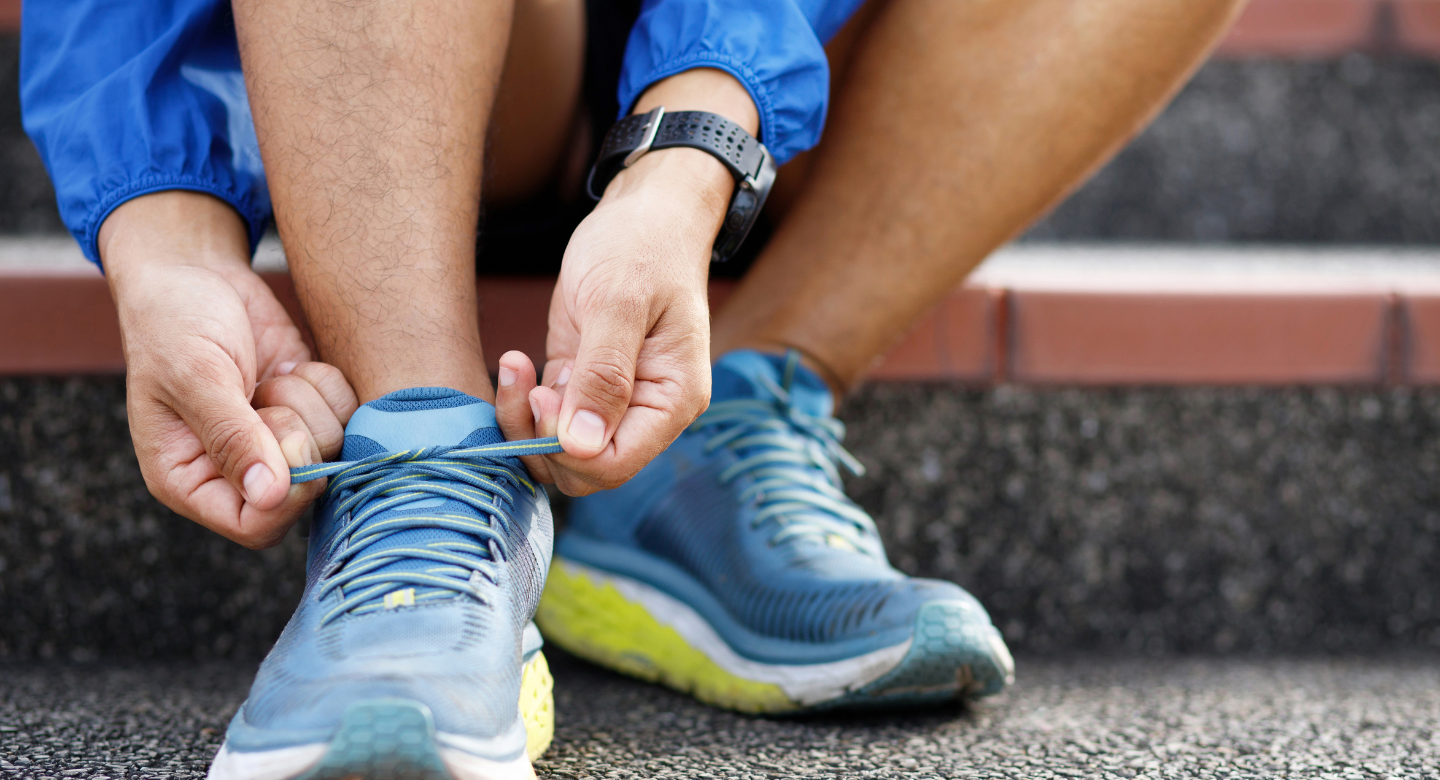
Implementing the 3Rs of Sustainability for Shoes begins with mindful purchasing decisions. Consumers can select footwear made from recycled or renewable materials such as reclaimed ocean plastic, organic cotton, natural rubber, or responsibly sourced leather. Many innovative brands now offer shoes with modular designs that allow for component replacement rather than whole-product disposal when wear occurs. Prioritizing versatile styles that coordinate with multiple outfits reduces the total number of shoes needed, directly supporting the “reduce” principle.
Supporting brands committed to sustainable practices represents another effective approach. Companies embracing transparent supply chains, carbon-neutral manufacturing, and take-back recycling programs deserve consumer recognition. Many forward-thinking footwear brands have established closed-loop systems where worn shoes are accepted for disassembly and material recovery, creating truly circular product lifecycles aligned with the 3Rs of Sustainability for Shoes.
When shoes begin showing wear, numerous maintenance strategies can extend their useful life before replacement becomes necessary. Professional resoling services can restore functionality to quality footwear, while cleaning, conditioning, and proper storage prevent premature degradation. For athletic shoes, rotating usage among multiple pairs reduces wear concentration and extends the lifespan of each pair. These maintenance practices embody the “reuse” element of the 3Rs of Sustainability for Shoes by maximizing the value extracted from already-produced items.
The Role of the 3Rs in Shoe Sustainability
1. Reduce: Minimizing Shoe Waste Generation

The most effective approach to footwear sustainability begins with reduction—preventing unnecessary consumption before it occurs. Consumers can significantly decrease their footwear environmental impact through thoughtful purchasing decisions and mindful consumption patterns. Before acquiring new shoes, evaluating whether existing pairs can be repaired or whether the new purchase serves a distinct functional need helps prevent accumulation of rarely-worn footwear that ultimately becomes waste.
Quality-focused purchasing represents a cornerstone of the reduction strategy within the 3Rs of Sustainability for Shoes. Well-constructed footwear with timeless design and durable materials may cost more initially but typically provides better value through extended lifespan and improved performance. Brands emphasizing craftsmanship often offer repair services or replaceable components that further extend product life. Selecting versatile, classic styles rather than trend-driven designs ensures shoes remain aesthetically relevant for years rather than seasons.
Rental and subscription models offer innovative alternatives for occasional-use footwear needs. Formal shoes for special events, specialized athletic footwear for seasonal activities, or trendy styles for temporary use can all be accessed through emerging sharing economy platforms that maximize utilization of each produced pair. By embracing these alternatives, consumers can meet diverse footwear needs while minimizing their total shoe ownership, embodying the first principle in the 3Rs of Sustainability for Shoes.
2. Reuse: Extending Shoe Lifespans

When shoes begin showing wear, numerous strategies can extend their useful life before recycling or disposal becomes necessary. Proper care forms the foundation of this approach, including regular cleaning appropriate to the material, protective treatments against water and stains, rotation among multiple pairs to allow recovery between wearings, and appropriate storage that maintains shape and prevents damage.
Professional repair services represent a key element of the reuse principle within the 3Rs of Sustainability for Shoes. Quality leather footwear can be resoled multiple times, effectively doubling or tripling its useful lifespan. Athletic shoes with worn cushioning can receive replacement insoles that restore comfort and performance. Even simple interventions like replacing laces, polishing scuffed areas, or reinforcing seams can significantly extend functionality while reducing waste and resource consumption.
When shoes no longer meet the owner’s needs, secondary markets provide opportunities for continued use by new owners. Consignment stores, online marketplaces, and charitable donations create pathways for functional footwear to find new users rather than entering waste streams. Some non-profit organizations specifically collect and distribute shoes to communities in need, extending the social value of footwear while reducing environmental impact. These second-life opportunities exemplify the middle element of the 3Rs of Sustainability for Shoes.
3. Recycle: Ensuring Proper Material Recovery

When reduction and reuse options have been exhausted, recycling provides the final opportunity to recover resources from worn footwear. Effective shoe recycling begins with understanding that different components require different processing approaches—rubber outsoles, fabric uppers, foam midsoles, and metal eyelets each follow distinct recycling pathways. Several specialized programs have emerged to address this complexity, including Nike’s Grind program that transforms athletic shoes into materials for sports surfaces and playground equipment.
The recycling process typically requires some preparation from consumers, including ensuring shoes are reasonably clean and paired together. Some dedicated shoe recycling programs accept shoes in any condition, while others specify acceptable wear levels or material types. Many athletic footwear retailers now host collection points for worn shoes, simplifying the recycling process for consumers. Several mail-in programs have also emerged, allowing consumers anywhere to participate in shoe recycling even without local infrastructure.
Material recovery technologies continue advancing to address the composite nature of most footwear. Mechanical separation processes can now successfully isolate different components for appropriate recycling streams, while chemical recycling approaches show promise for breaking down previously unrecyclable materials into raw components for remanufacturing. As these technologies mature, they strengthen the final component of the 3Rs of Sustainability for Shoes by creating viable closed-loop systems for footwear materials.
Sustainable Production Practices for Shoes
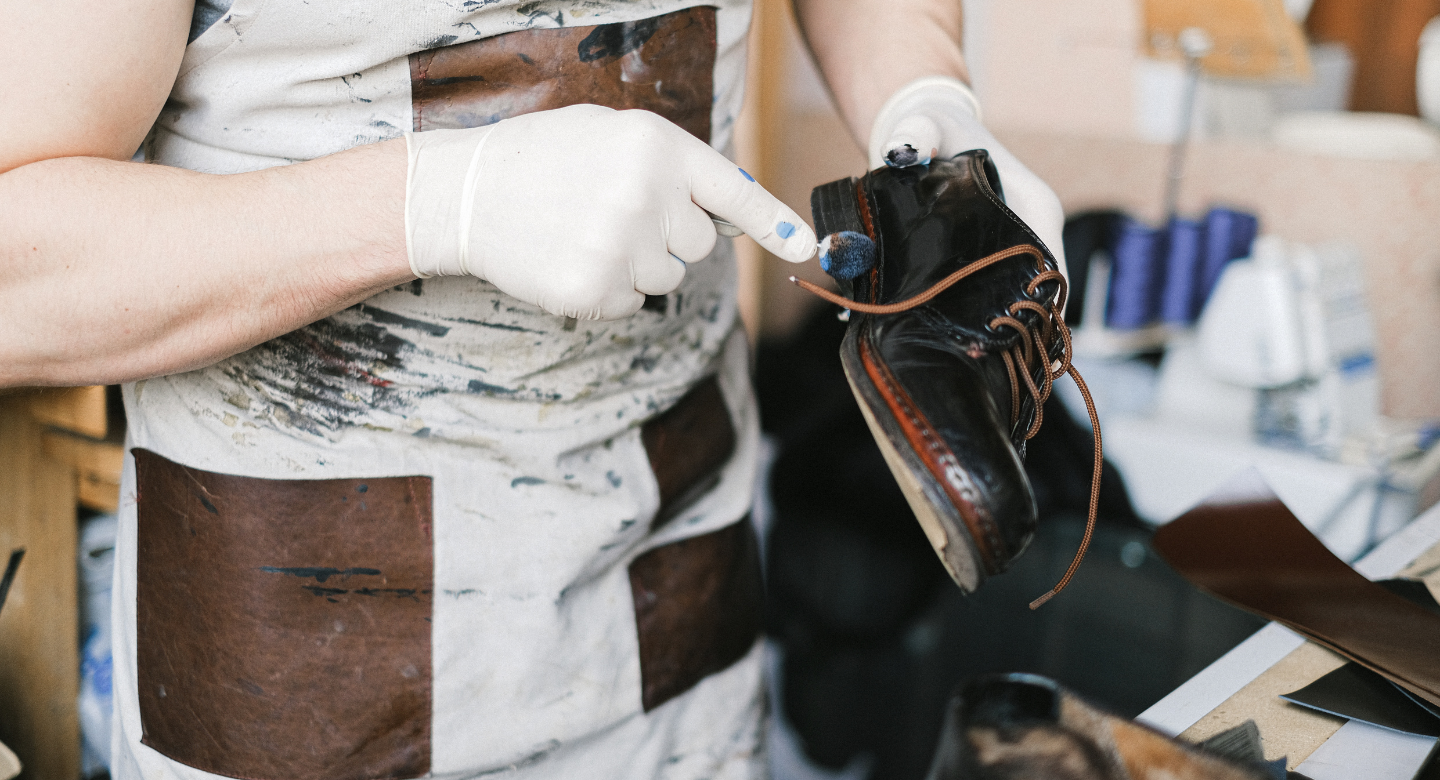
Innovative manufacturers are revolutionizing shoe production through alternative materials and improved processes. Bio-based components derived from mushroom mycelium, pineapple leaves, algae, and agricultural waste are replacing traditional leather and synthetic materials. These alternatives often require significantly less water, energy, and chemicals during production while offering comparable or superior performance characteristics.
Manufacturing improvements throughout the production chain have significantly reduced the environmental footprint of footwear production. Water-based adhesives have replaced solvent-based options that release volatile organic compounds, while precision cutting technologies minimize material waste during manufacturing. Energy efficiency improvements, including the adoption of renewable power for production facilities, have reduced carbon emissions associated with each pair produced by up to 50% among industry leaders.
Circular economy models are transforming how companies approach shoe lifecycles. “Cradle-to-cradle” design principles ensure products can be easily disassembled at end-of-life, with each component clearly designated for recycling or composting. Some innovative brands have implemented modular designs where individual components can be replaced as they wear out, rather than discarding the entire shoe. These production innovations complement consumer-focused implementation of the 3Rs of Sustainability for Shoes.
Regulatory Insights & Industry Standards Worldwide

Governments globally have implemented varied regulatory frameworks addressing footwear sustainability throughout the production and disposal chain. The European Union’s Extended Producer Responsibility programs require manufacturers to factor end-of-life management into product design and business models. In Japan, the Home Appliance Recycling Law model is being adapted to incorporate footwear into regulated waste streams with specific recovery targets.
The footwear industry has developed voluntary standards complementing these regulations. The Sustainable Apparel Coalition’s Higg Index provides standardized sustainability measurements specific to footwear production, while the Leather Working Group certifies responsible leather sourcing and processing. Global organizations like the Footwear Distributors and Retailers of America have established sustainability councils that develop industry-specific best practices and benchmarks for environmental performance.
Third-party certification programs offer guidance for consumers navigating sustainability claims. Cradle to Cradle certification evaluates products across material health, material reuse, renewable energy, water stewardship, and social fairness dimensions. The Global Recycled Standard verifies recycled content claims in footwear products. These standards and certifications create transparency that supports consumer implementation of the 3Rs of Sustainability for Shoes through informed purchasing decisions.
Carbon Footprint Analysis of Shoes
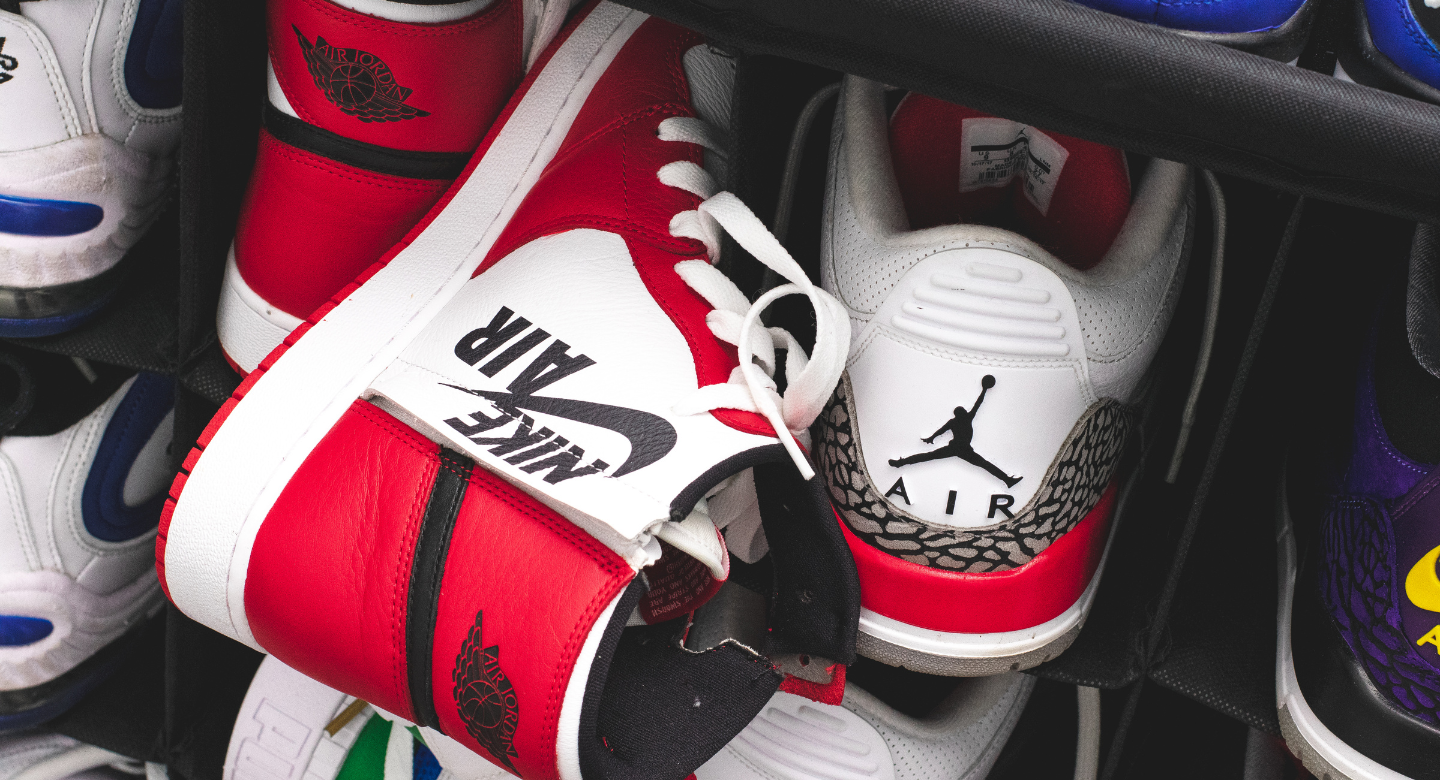
The environmental impact of footwear varies dramatically based on materials, manufacturing processes, transportation, and end-of-life handling. Production represents the most carbon-intensive phase, with conventional leather footwear generating 10-20 kg CO₂ equivalent emissions per pair, primarily from livestock production and chemical-intensive tanning. Synthetic athletic shoes typically generate 13-15 kg CO₂ equivalent, with petroleum-derived materials and energy-intensive manufacturing as primary contributors.
Compared across material types, plant-based alternatives often demonstrate significantly lower carbon footprints. Shoes made primarily from organic cotton, hemp, or agricultural waste products can reduce carbon emissions by 30-45% compared to conventional options. Recycled content similarly reduces carbon impact, with shoes incorporating 50% or more recycled materials typically showing 20-40% lower emissions profiles through avoided virgin material production.
Transportation factors significantly influence overall environmental performance, particularly for globally distributed brands. Shoes produced in Asia for North American or European markets can accumulate substantial shipping emissions, sometimes adding 2-3 kg CO₂ equivalent per pair. These logistics impacts highlight why local production represents a growing focus within sustainable footwear, with several brands establishing regional manufacturing facilities to serve major markets while reducing transportation emissions by up to 80%.
Case Studies & Real-World Impact

Innovative approaches to shoe sustainability have emerged from both established manufacturers and disruptive startups. Adidas has partnered with environmental organization Parley for the Oceans to transform marine plastic waste into performance footwear, with each pair preventing approximately 11 plastic bottles from entering oceans. This program has not only diverted tons of plastic from marine environments but also raised consumer awareness about ocean pollution while demonstrating viable commercial applications for recovered waste materials.
San Francisco-based Allbirds has pioneered carbon labeling for footwear, displaying the carbon footprint of each shoe model directly on packaging and marketing materials. This transparency has driven internal innovation to reduce emissions while educating consumers about the environmental impact of their purchases. The company’s commitment to carbon-neutral operations includes investments in regenerative agriculture and renewable energy that offset emissions that cannot yet be eliminated from production.
Specialized recycling initiatives demonstrate successful implementation of the third principle in the 3Rs of Sustainability for Shoes. TerraCycle’s partnership with various footwear brands has created dedicated recycling streams for shoes that were previously considered unrecyclable. Since program inception, over 500,000 pairs have been diverted from landfills, with recovered materials transformed into playground surfaces, athletic tracks, and new footwear components, creating true circularity within the footwear lifecycle.
Actionable Steps for Consumers to Improve Shoe Sustainability
Consumers can implement numerous practical strategies to improve their personal footwear sustainability:

- Invest in quality, versatile shoes designed for longevity rather than accumulating trend-driven styles with short lifespans.
- Establish regular cleaning and maintenance routines appropriate for each shoe type and material.
- Find a trusted local cobbler for professional repairs when heels, soles, or stitching show wear.
- Research brands committed to sustainable materials and ethical manufacturing before purchasing.
- Consider secondhand options when appropriate, particularly for occasionally-worn styles like formal shoes.
- Properly clean and condition shoes before long-term storage to prevent material degradation.
- Participate in take-back programs offered by manufacturers for end-of-life recycling.
- Donate wearable shoes to organizations serving communities in need rather than discarding them.
- Choose shoes with recyclable or biodegradable materials when available.
- Advocate for better recycling infrastructure by requesting shoe collection at local retailers.
These individual actions, when multiplied across millions of consumers, represent significant potential for reducing the environmental footprint of footwear while maintaining functionality and personal style. By implementing these strategies, consumers can personally contribute to the 3Rs of Sustainability for Shoes through their daily choices.
Conclusion: The Future of Shoe Sustainability
The evolution of footwear sustainability will require coordinated efforts across multiple stakeholders—from manufacturers and brands to retailers, recyclers, and individual consumers. Emerging technologies promise significant advancements, including biodegradable performance materials, additive manufacturing (3D printing) that eliminates production waste, and chemical recycling processes that can recover materials from previously unrecyclable composite shoes. Blockchain-based transparency systems may soon allow consumers to trace the environmental impact of every component in their footwear.
The 3Rs of Sustainability for Shoes remains the fundamental approach guiding these innovations and individual actions. By prioritizing waste prevention through mindful consumption, extending product lifespans through proper care and repair, and ensuring materials enter appropriate recovery streams at end-of-life, consumers can significantly reduce their footwear environmental footprint while potentially discovering greater satisfaction in quality over quantity.
The most promising development may be the growing recognition that footwear sustainability represents a shared responsibility rather than an individual burden. Manufacturers increasingly design for durability, repairability, and recyclability; retailers provide collection points for worn footwear; recycling technologies continue advancing to handle complex composite products; and consumers make more informed choices. These systemic changes, combined with individual awareness, create the conditions for truly sustainable footwear practices that protect our shared environment while meeting human needs for functional, comfortable, and expressive footwear. Through consistent application of the 3Rs of Sustainability for Shoes, the footwear industry can transform from a significant contributor to environmental challenges into a model for circular economy principles in consumer goods.
Explore More Such Blogs
3Rs of Sustainability for Plastic Bottles
3Rs of Sustainability for Plastic Bags
3Rs of Sustainability for Aluminum Cans
Frequently Asked Questions (FAQs) About 3Rs of Sustainability for Shoes
What do the 3Rs of sustainability mean in the context of shoes?
The 3Rs—Reduce, Reuse, and Recycle—represent ways to manage shoe waste and lower environmental impact. “Reduce” means buying fewer shoes or choosing quality over quantity. “Reuse” involves wearing shoes longer, repairing them, or donating them. “Recycle” includes sending old shoes to programs that break them down into materials for new products or repurpose them for other uses, such as playground surfaces or insulation.
How can I reduce my environmental footprint when buying shoes?
You can reduce your impact by choosing durable, ethically-made, and eco-friendly shoes from brands that focus on sustainability. Avoid impulse buying and trend-based fashion. Look for shoes made from recycled materials, natural fibers, or biodegradable components. By investing in quality shoes that last, you minimize waste and reduce the need for frequent replacements.
Can shoes be reused?
Yes, shoes can be reused in many ways. They can be donated, resold, or swapped if they’re still in good condition. Many charitable organizations and thrift stores accept used shoes, and several global programs send them to needy communities. Shoes that are a bit worn can still be used for gardening, messy work, or DIY projects, extending their useful life.
How can I recycle my old shoes?
Recycling shoes involves sending them to specialized recycling programs that disassemble them and use the components in new products. Nike’s “Reuse-A-Shoe” program and some local recycling centers accept worn-out shoes. Some eco-conscious brands even offer take-back or mail-in programs for old shoes. Shoes made of a single material are easier to recycle, while multi-material shoes may require specialized processing.
Can all types of shoes be recycled?
Not all shoes are easily recyclable, especially those made from mixed materials like rubber, leather, synthetic foam, and glue. However, athletic shoes, which are often made from more recyclable synthetics, are accepted in many recycling programs. Leather and other natural materials can sometimes be composted or upcycled. The key is to check with local programs to see what they accept.
Why is repairing shoes a sustainable option?
Repairing shoes extends their life and reduces waste. Instead of discarding shoes with worn soles, broken straps, or damaged heels, you can visit a local cobbler or shoe repair shop. Simple fixes like sole replacement, stitching, or re-gluing can give shoes a second life. This practice saves money, supports local businesses, and significantly lowers your carbon footprint.
What should I do with shoes that are too damaged to donate or wear?
Shoes that are beyond repair can still be recycled or repurposed. Some recycling centers accept heavily worn shoes for material recovery. You can also upcycle them creatively—turning old sneakers into planters, craft storage, or decorative items. If no recycling is available, ensure they’re disposed of responsibly and consider replacing them with more sustainable options next time.
Are there sustainable shoe brands to support?
Yes, many brands are now producing shoes using recycled plastic bottles, ocean waste, organic cotton, natural rubber, cork, and plant-based leathers. Brands like Allbirds, Veja, Adidas (with Parley), and Rothy’s are known for combining style with sustainability. Supporting such companies encourages the fashion industry to adopt more eco-friendly practices and innovate in sustainable design.
How does reducing shoe waste help the environment?
Reducing shoe waste conserves resources like water, energy, and raw materials. It also reduces landfill burden, where shoes take decades to decompose and may release toxic substances. Shoe production, especially leather tanning and synthetic manufacturing, contributes to carbon emissions and pollution. By buying less and reusing more, you directly reduce environmental degradation.
How can communities and businesses encourage sustainable shoe practices?
Communities can hold shoe donation drives, repair workshops, and upcycling events. Schools and workplaces can educate people about the 3Rs and partner with brands for take-back programs. Businesses can lead by designing modular, repairable, or recyclable shoes, using sustainable materials, and offering incentives for returning worn pairs. These efforts help build a culture of conscious consumption.



